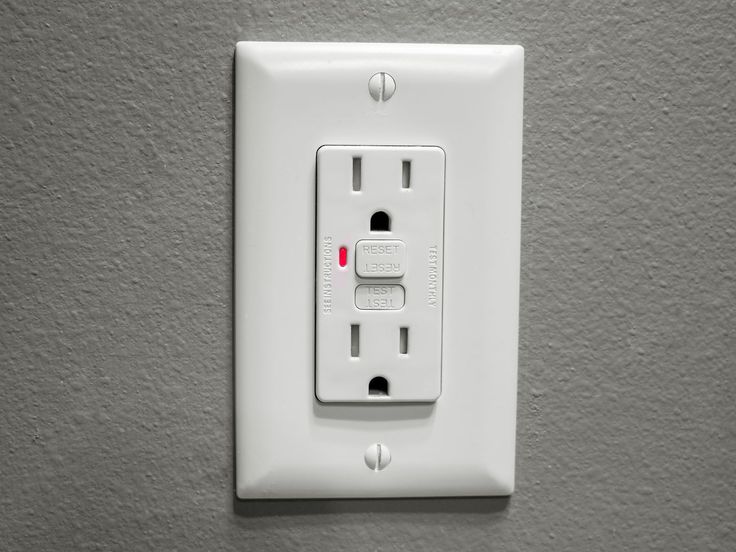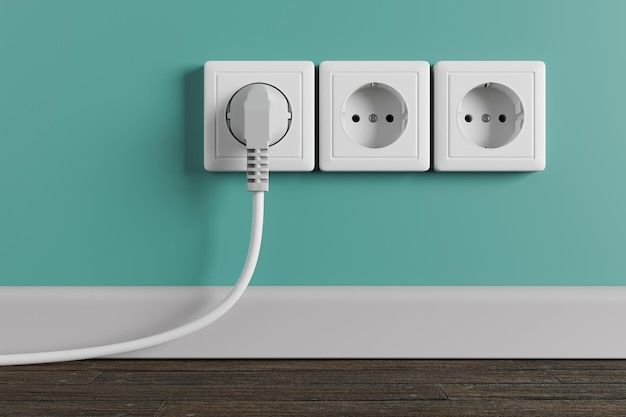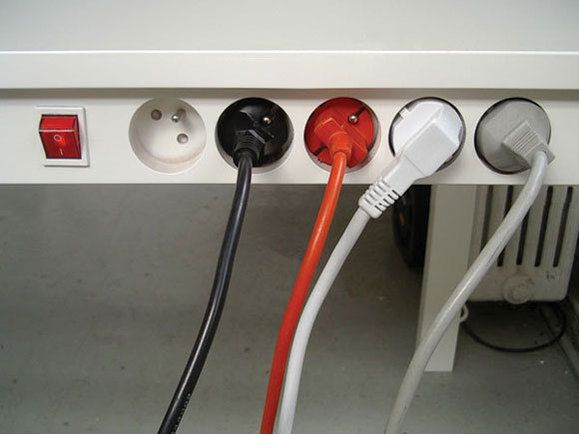
Electrical safety is a top priority in any home or commercial building. Among the many devices designed to reduce the risk of electrical accidents, the Ground Fault Circuit Interrupter (GFCI) outlet is one of the most important. It’s a small but mighty innovation that protects people from electrical shocks, and in some cases, can even save lives. In this guide, we’ll explore what a GFCI outlet is, how it works, and most importantly, where it should be installed to maximize safety and compliance with building codes.
What is a GFCI Outlet?
A GFCI outlet is a type of electrical outlet that is designed to shut off power automatically when it detects an imbalance in the electrical current. In simpler terms, it monitors the electricity flowing into and out of a device. If the GFCI senses that electricity is leaking (for example, through water or a person), it trips the circuit and stops the flow of electricity almost instantly—typically within 1/40th of a second.
This swift response significantly reduces the risk of electrical shock, particularly in areas where water and electricity might come into close contact.
How Does a GFCI Outlet Work?
Electricity is supposed to flow through a closed loop: from the hot wire to the neutral wire. A GFCI outlet constantly compares the amount of current flowing through these wires. If it detects even a tiny difference (as little as 4 to 5 milliamps), it assumes current is escaping the loop—potentially through a human body or water—and cuts the power.
Here’s a basic rundown of the process:
- Normal Flow: Electricity flows from the hot wire to the device and returns via the neutral wire.
- Fault Detected: If some of the current leaks (say, through a wet hand touching a hairdryer), the current going out doesn’t match the current coming back.
- Trip Mechanism: The GFCI senses the mismatch and disconnects the power supply, preventing potential injury or death.
Why Are GFCI Outlets Important?
GFCI outlets are life-saving devices that offer protection against electrocution, electrical fires, and property damage. According to the Electrical Safety Foundation International (ESFI), the widespread use of GFCIs has helped reduce the number of home electrocutions significantly over the past few decades.
Some key benefits of GFCI outlets include:
- Shock Prevention: Especially in wet or damp environments.
- Code Compliance: Required by modern electrical codes in certain areas.
- Fire Prevention: Stops potential arcing or overheating caused by ground faults.
- Ease of Reset: If the outlet trips, you can simply press the “reset” button.
Where Should GFCI Outlets Be Installed?
The National Electrical Code (NEC) mandates GFCI outlets in specific areas where electrical circuits are more likely to come into contact with water. Here’s a breakdown of places where GFCIs are required or recommended:
1. Bathrooms
Water and electricity don’t mix well. Bathrooms are one of the first places where GFCI protection became a requirement. Every outlet in a bathroom must be a GFCI outlet to protect users from potential water-related shocks.
2. Kitchens
In kitchens, GFCI outlets are required within 6 feet of a sink or any countertop where small appliances may be used. Given the presence of sinks, dishwashers, and food preparation, this is a high-risk area.
3. Garages
Garages often have exposure to outdoor elements, wet floors, and power tools. As such, the NEC requires all 125-volt outlets in garages to be GFCI protected.
4. Outdoor Areas
Any outlet installed outside the home—such as on a patio, porch, balcony, or driveway—must be a GFCI outlet. Outdoor conditions can be unpredictable and wet, so protection is essential.
5. Basements and Crawl Spaces
Both finished and unfinished basements are prone to dampness, even if flooding isn’t a constant issue. GFCI outlets should be used in these areas to prevent hazards.

6. Laundry Rooms
Washing machines and utility sinks make laundry rooms another prime location for moisture. GFCI protection is required for outlets in these spaces.
7. Pools, Spas, and Hot Tubs
Areas surrounding pools, spas, and hot tubs demand strict adherence to GFCI regulations due to the high risk of water exposure. Any outlet within a certain distance—typically 10 to 20 feet—must be GFCI protected.
8. Utility Sinks
Outlets located within 6 feet of any utility sink (like those in mudrooms or workshops) must be GFCI outlets.
Optional (But Recommended) Locations
While not always required by code, adding GFCI outlets in the following areas is a smart decision:
- Attics: Especially if the space has HVAC equipment or lighting fixtures.
- Workshops: Tools can be dangerous, and a GFCI adds a layer of safety.
- Balconies and Rooftop Spaces: Any elevated outdoor space benefits from extra protection.
Types of GFCI Protection
There are a few ways to integrate GFCI protection into your electrical system:
1. GFCI Outlets
These are the most common and affordable option. A single GFCI outlet can also protect other outlets connected downstream on the same circuit.
2. GFCI Circuit Breakers
Installed in the main electrical panel, these protect the entire circuit, not just individual outlets. They’re often used for larger areas or outdoor circuits.
3. Portable GFCIs
Ideal for temporary use, especially with power tools or outdoor equipment. These devices plug into standard outlets and offer mobile protection.
How to Test a GFCI Outlet
Like all electrical components, GFCI outlets can wear out over time. That’s why it’s essential to test them regularly—ideally once a month.
Here’s how:
- Press the “Test” button on the outlet.
- You should hear a click, and any device plugged into the outlet should turn off.
- Press the “Reset” button to restore power.
- If the outlet does not respond, it may be faulty and should be replaced.
Signs Your GFCI Outlet Needs Replacing
GFCI outlets don’t last forever. Here are some signs that it’s time for a replacement:
- The outlet doesn’t trip when tested.
- The reset button doesn’t restore power.
- You notice buzzing or sparking sounds.
- It’s over 10 years old and shows signs of wear.
Always consult a licensed electrician for replacement if you’re unsure or uncomfortable handling electrical components.

Common Myths About GFCI Outlets
Let’s debunk a few misconceptions:
Myth 1: “Only bathrooms need GFCI outlets.”
False. Kitchens, garages, outdoor spaces, and many other areas require GFCIs by code.
Myth 2: “If one GFCI is installed, you don’t need more.”
Partially true. One GFCI can protect multiple outlets if they are on the same circuit and wired properly. However, each area might require separate protection.
Myth 3: “GFCI outlets are the same as surge protectors.”
False. GFCIs protect against electrical shocks, while surge protectors shield devices from power surges.
Final Thoughts
A GFCI outlet is a small but powerful device that plays a vital role in maintaining electrical safety at home and in commercial settings. Understanding how it works and knowing where to install it isn’t just good practice—it’s often a legal requirement.
From bathrooms and kitchens to outdoor patios and laundry rooms, GFCI outlets ensure that you and your loved ones stay protected from potential electrical hazards. Whether you’re upgrading an older home or building a new one, make sure GFCI protection is a priority.
Safety doesn’t happen by accident—install GFCI outlets where they matter most.


